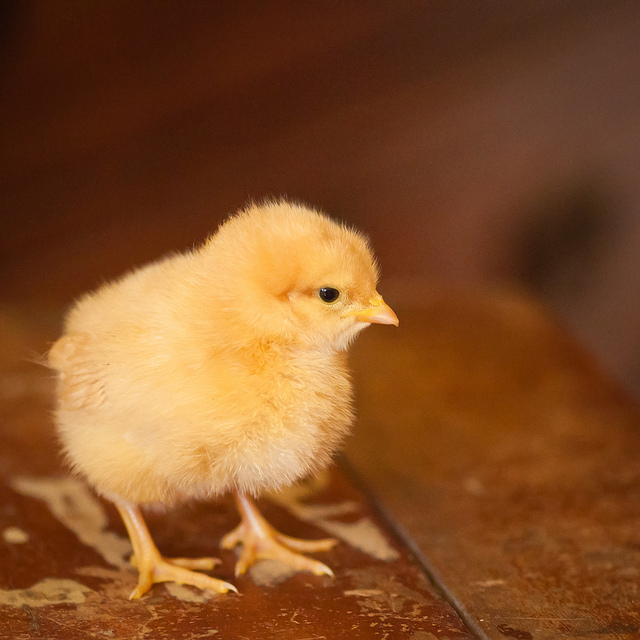
Lately I've been doing a few writing exercises.
I'm going through my favorite books--books by Dashell Hammett, Raymond Chandler, but also newer ones. I love Laurrel Hamilton's Guilty Pleasures. I'll write out a passage I love then rewrite it attempting to use the author's voice.
Melissa Tudell in her article Energize Your Writing With This Easy Trick, advises writers to focus on using active verbs.
1. Be Direct
Avoid "to be" verbs like: is, am, are, was, were, be, being and been.
2. Use active verbs
Rather than use adjectives and adverbs to describe an action, use a strong verb. Here's Melissa's example:
Weak: He quickly poured a cup of coffee.
Strong: He dumped coffee into the mug.
It's interesting that the strong verb comes with a tradeoff. "Dumped" implies carelessness as well as speed.
3. Let it all fly on your first draft
Debbie Maxwell Allen admonishes writers not to worry about strong verbs when writing their first draft.
She writes:
Sentences that use walked, sat, and thought pale in comparison to stalked, sprawled, and stewed. However, don't label yourself as a failure if strong verbs don't automatically show up in your manuscript. Adding stronger verbs is something you do in your rewriting.Debbie ends her article with a challenge:
The purpose of your first draft is to get the story on the page, in all it's unedited glory. Once you've got it down, you can analyze it for overuse of adverbs, adjectives, cliches--and wimpy verbs. (Pump Up Your Writing: Using Strong Verbs)
Give it a try right now. Take a random page of your manuscript and highlight every verb on the page. Count how many are "plain vanilla" and substitute some stronger verbs. When you read it again, how much better is it?I'm going to do that!
Other articles you might like:
- Chuck Wendig's 9 Tips For Writing A Million Words A Year- Chuck Wendig On Finding Your Voice
- How To Get Over A Destructive Critique
Photo credit: "cute" by CarbonNYC under Creative Commons Attribution 2.0.

